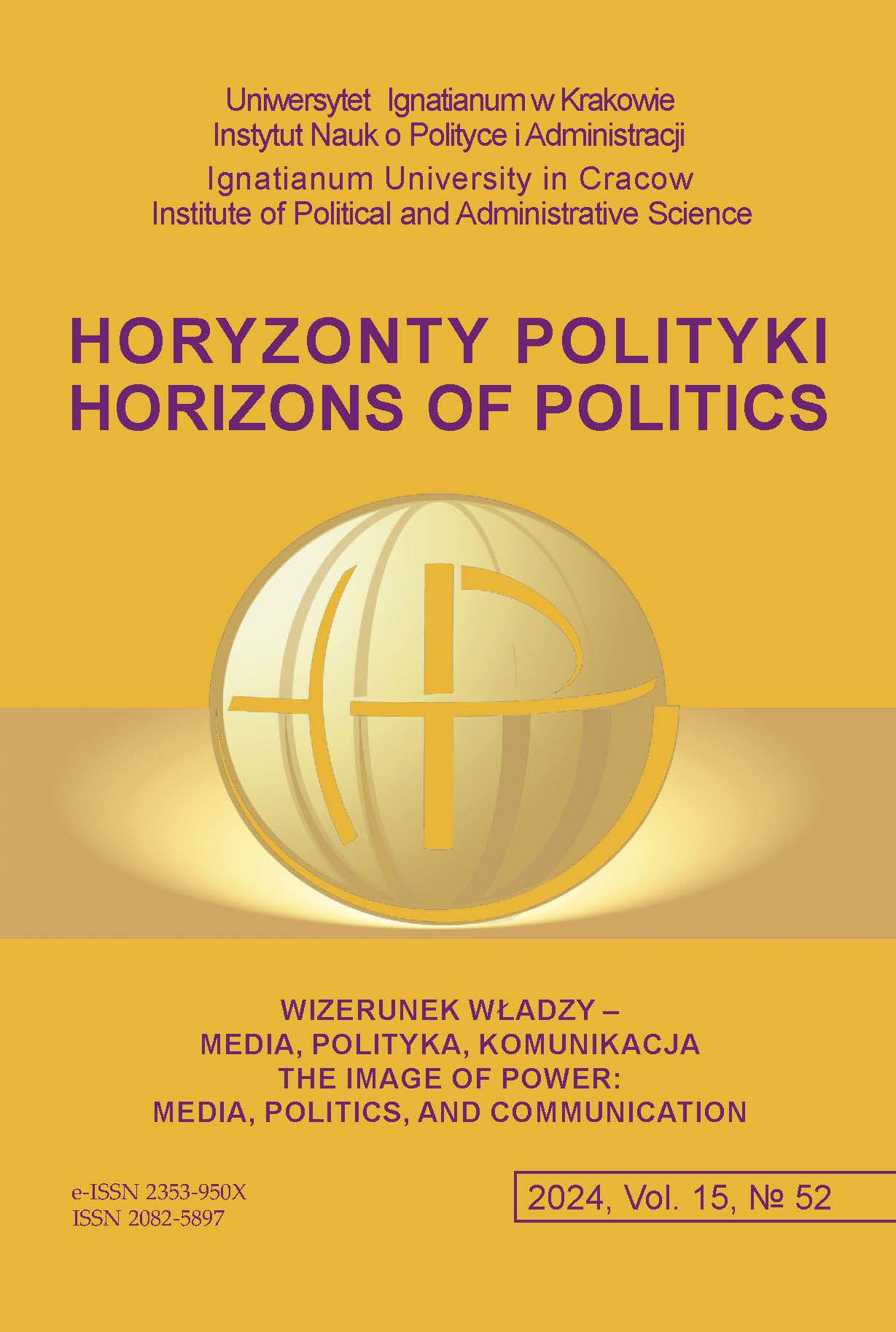Spatial patterns of electoral support in the 2023 general election in Poland
Spatial patterns of electoral support in the 2023 general election in Poland
Author(s): Igor Kavetskyy, Tatiana KavetskaSubject(s): Politics / Political Sciences, Politics, Political Theory, Electoral systems, Politics and society
Published by: Uniwersytet Ignatianum w Krakowie
Keywords: Poland; general election; electoral support; spatial patterns
Summary/Abstract: RESEARCH OBJECTIVE:This article focuses on identifying the spatial patterns of electoral support for the main political actors, and searching for adequate determinants that explain this distribution of support, based on the results of the 2023 general election in Poland.THE RESEARCH PROBLEM AND METHODS:Is there a relationship between the basic morphological features of the voting space in Poland and the hierarchy of the settlement structure, along with the arrangement of regions associated with the country’s historical and political heritage? The methods used in the study include analysis of descriptive statistics, estimation of spatial autocorrelation, discriminant analysis, and cartographic methods.PROCESS OF ARGUMENTATION:The research process involves a two‑stage procedure: 1) identifying a general picture of spatial variation in electoral support for selected groupings, and basic clustering patterns of electoral support; and 2) estimating links between the observed patterns of support and their pre‑sumed determinants; that is, the country’s settlement hierarchy and historical‑political divisions.RESEARCH RESULTS:The spatial variability of the support indicators is characterised by a distinctive territorial distribution, based on the units of the settlement system and the boundaries of former historical divisions. The nature of this linkage indicates the changing layout of the voting space, associated with the increasing polarisation of citizens’ political preferences.CONCLUSIONS, INNOVATIONS, AND RECOMMENDATIONS:The current pattern of urban‑rural differentiation is related to the different pref‑erences of metropolitan (over 20,000 inhabitants) and rural or small‑town (up to 20,000 inhabitants) communities. The east‑west heterogeneity of Poland’s voting space is increasing due to similarities of preferences among the inhabitants of former Austrian and Russian Poland, on the one hand, and Prussian Poland and the Recovered Territories, on the other.
Journal: Horyzonty Polityki
- Issue Year: 15/2024
- Issue No: 52
- Page Range: 217-237
- Page Count: 21
- Language: English

